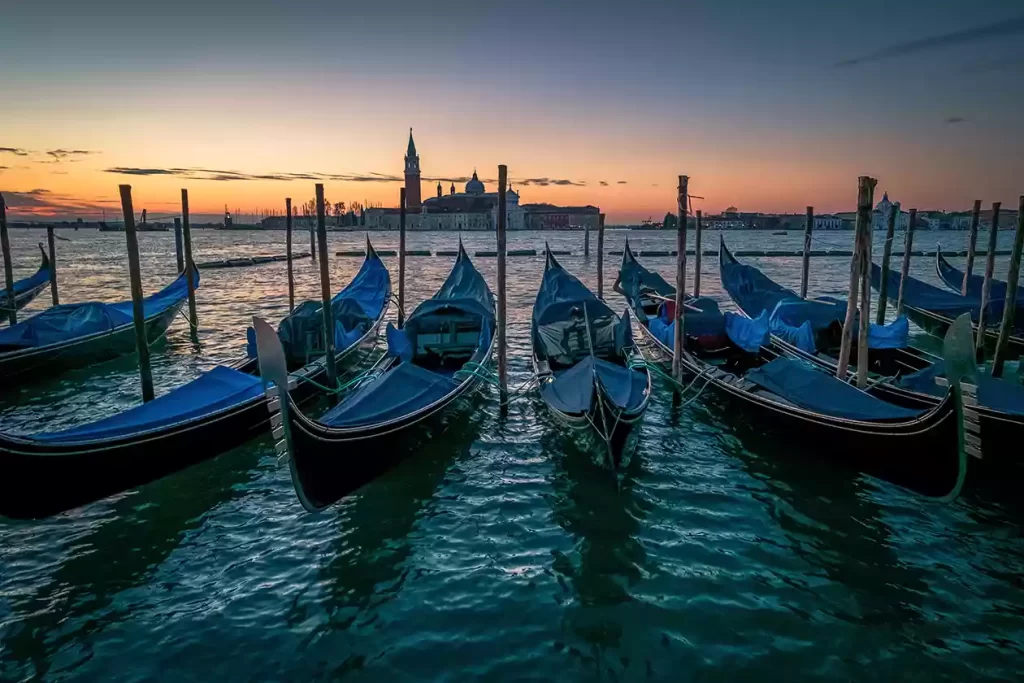
When people begin learning Italian, “beautiful” is often among the initial words they seek to master. However, unlike some words with a single, precise translation, this word can be conveyed through various expressions.
- Masculine Singular (Bello):
- “L’uomo è bello.” (The man is handsome.)
- “Il mare è bello oggi.” (The sea is beautiful today.)
- Feminine Singular (Bella):
- “La donna è bella.” (The woman is beautiful.)
- “La giornata è bella.” (The day is beautiful.)
- Masculine Plural (Belli):
- “I ragazzi sono belli.” (The boys are handsome.)
- “I quadri sono belli.” (The paintings are beautiful.)
- Feminine Plural (Belle):
- “Le ragazze sono belle.” (The girls are beautiful.)
- “Le rose sono belle.” (The roses are beautiful.)
In these examples, “bello” and “bella” adapt to match the gender (masculine or feminine) and number (singular or plural) of the nouns they modify. More ‘Beautiful’ expressions below:
- Bello / Bella
- Example: “Questa rosa è molto bella.” (This rose is very beautiful.)
- Splendido / Splendida
- Example: “La vista dal balcone è splendida.” (The view from the balcony is splendid.)
- Affascinante
- Example: “Il quadro è davvero affascinante.” (The painting is truly fascinating.)
- Magnifico / Magnifica
- Example: “Il palazzo è magnifico.” (The palace is magnificent.)
- Incantevole
- Example: “La musica era incantevole.” (The music was enchanting.)
- Ravvivante
- Example: “Il colore di questo dipinto è davvero ravvivante.” (The color of this painting is truly revitalizing.)
- Elegante
- Example: “Il vestito è elegante e sofisticato.” (The dress is elegant and sophisticated.)
- Grazioso / Graziosa
- Example: “Il giardino è così grazioso in primavera.” (The garden is so lovely in the spring.)
- Stupendo / Stupenda
- Example: “La cascata nel bosco è stupenda.” (The waterfall in the forest is stunning.)
- Sorprendente
- Example: “La performance dell’artista era sorprendente.” (The artist’s performance was astonishing.)
These words can be used to describe a wide range of beautiful things, from people and nature to art and experiences in the Italian language. If there’s a clever alternative we haven’t caught onto, don’t hold back – drop us a comment below!
Have you ever heard the Italian phrase “Ciao bello! / Ciao bella!” in a movie? (Hello beautiful!) If so, what movie was it, and how was the phrase used?
